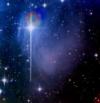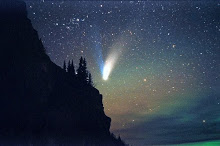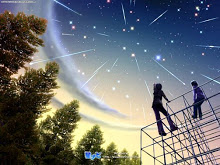

| Visitors Now: | |
| Total Visits: | |
| Total Stories: |

| Story Views | |
| Now: | |
| Last Hour: | |
| Last 24 Hours: | |
| Total: | |
Orionids Meteor Shower 2011 … or travelers from the constellation of Orion


This is a very good ‘window time’ for travel pods leaving a star colony in the constellation of Orion … only to appear as meteors in the eyes of Earth viewers ….
The word Orionids is the name of a most prolific meteor shower … I consider prolific can also mean a large quantity of offspring crafts coming from a particular star colony in the Orion constellation …

And many traveling in this manner could then temporarily hide (with lights out) in Earth’s Karman Line …. as to later light up and disburse in travel, here or there to receiving docking bays … and do so being undetected by unknowing minds, who consider them only as peculiar lights in the heavens …
HERE October 17, 2011 Leave a comment
Some time in the small hours of Friday or Saturday morning (21-22 October 2011) the Orionids meteor shower will reach its peak activity rate. The peak occurs some time around 21 October each year, but this year it’s uncertain which day it will fall on.
The peak meteor rate for the Orionids is lower than some of the more spectacular showers (the Perseids in August, the Geminids in December, and the Quadrantids in January all regularly outperform the Orionids) but it is still worth looking out for.
The meteors will appear to radiate from the constellation of Orion (hence the name) but they will streak across the sky in all directions, and so you shouldn’t confine yourself to only looking towards this one constellation.
On Thursday and Friday evenings the radiant rises in the east around 2200 BST (2100 UT) and continues to rise to its highest in the south just before the sky starts to brighten at 0600 BST (0500 UT). The higher the radiant above the horizon the more meteors you will see. However a crescent Moon will rise in the east on both mornings, the light from which will drown out some of the fainter meteors.
This shouldn’t matter much to you if you’re observing from an urban or suburban area, as the man-made light pollution in the sky will do a far better job of obscuring the meteor shower than the Moon will, but for lucky observers in dark sites (and I’ll be one of them, as I’m spending the weekend on Sark, the world’s first Dark Sky Island) the Moon may interfere.
Full Article HERE

An Orionid meteor streaking across the sky below the Milky Way
and to the right of Venus. The zodiacal light can also be seen in the image.




